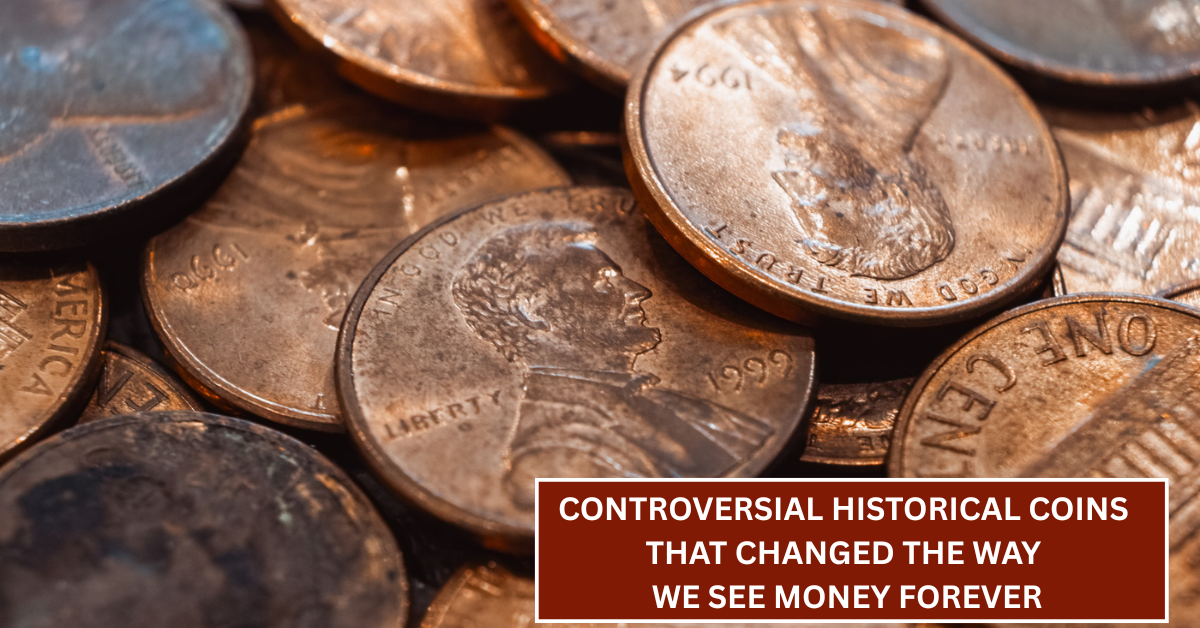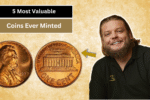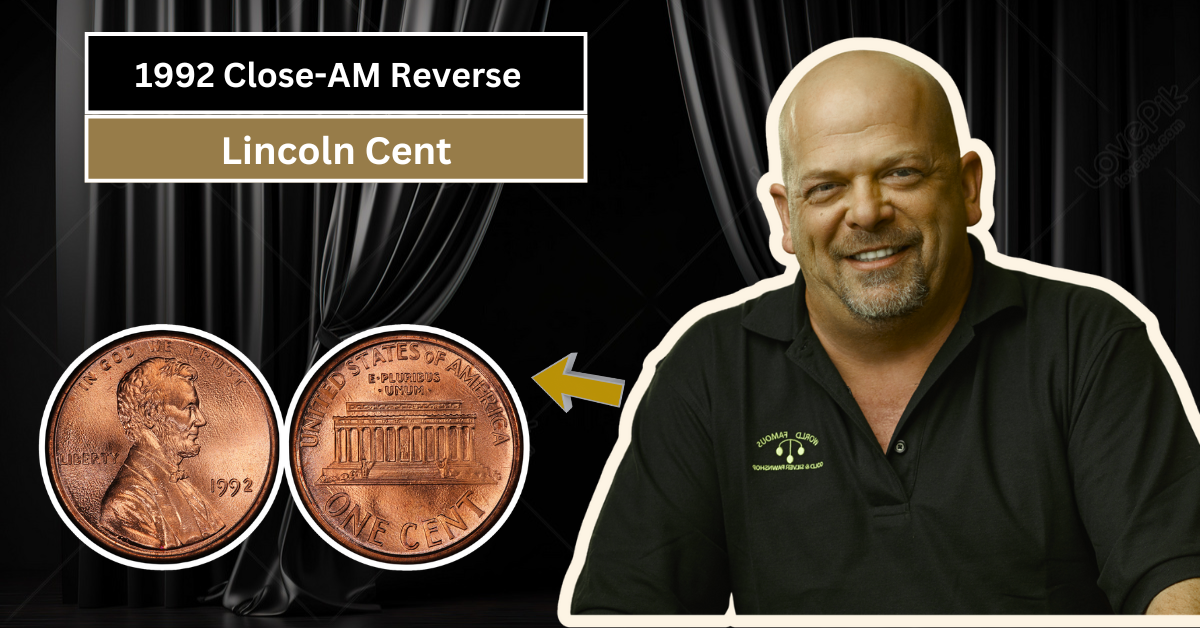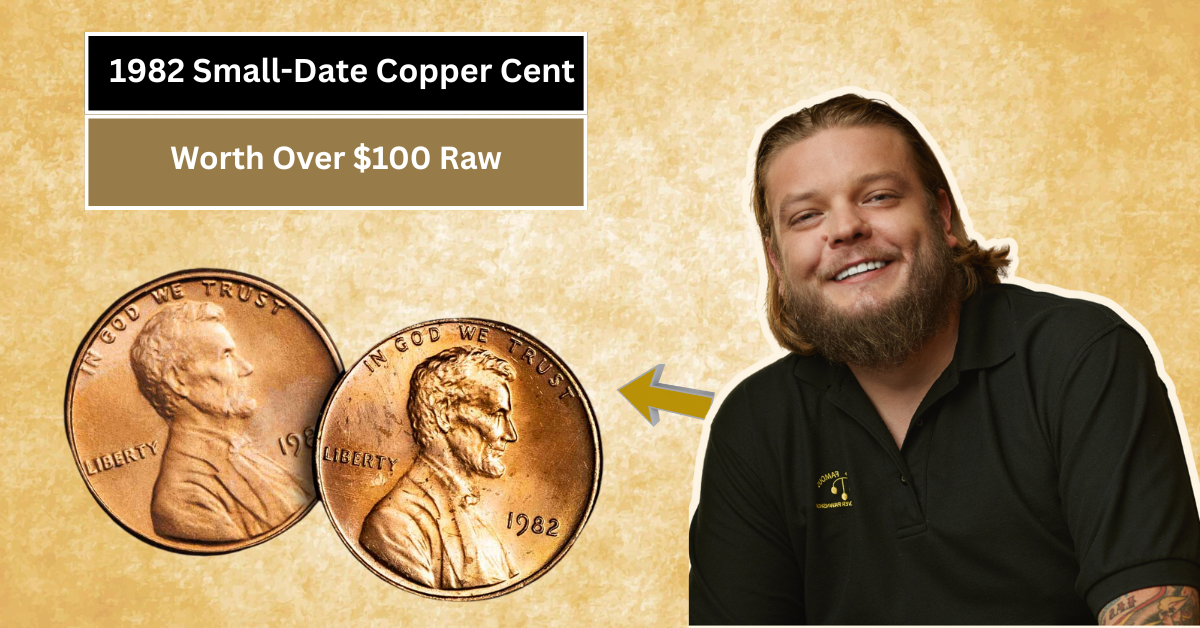Coins are more than just money; they reflect history, culture, and sometimes even controversy. Throughout time, certain coins have sparked debates due to their unique designs, political messages, or unexpected features. From ancient times to modern days, these coins have captured attention for reasons beyond their face value.
In this article, we will explore nine historical coins that caused quite a stir. You will learn about the Liberty Head nickel, “Godless” coins, and other politically charged designs that show how coins can influence ideas and reflect the mood of their times. Let’s dive into these fascinating stories!
The Liberty Head Nickel and the Missing 1913 Coin
This Article Includes
- 1 The Liberty Head Nickel and the Missing 1913 Coin
- 2 “Godless” Coins: Missing the Religious Motto
- 3 The 1943 Copper Penny: A Wartime Rarity
- 4 The Indian Head Penny: Changing from Liberty to a Native American
- 5 The 1916 Mercury Dime and Its Design Debate
- 6 The Confederate States Coins: Symbols of Division
- 7 The 1894-S Barber Dime: A Mystery of Missing Coins
- 8 The Susan B. Anthony Dollar: Too Confusing for Users
- 9 The 1944 Steel Penny: A Post-War Mix-Up
- 10 Conclusion: Coins as Windows to History and Controversy
The Liberty Head nickel is famous not only for its design but also for a mystery surrounding the 1913 version. Officially, no nickels were made with the Liberty Head design that year, but five rare coins appeared mysteriously later. This caused a huge controversy because these coins became some of the most valuable in the world, raising questions about their origin and authenticity.
“Godless” Coins: Missing the Religious Motto
Between 1835 and 1837, some US coins were minted without the phrase “In God We Trust.” These coins are called “Godless” because they lacked the religious motto that became standard later. This absence caused concern among the public, who felt that removing the motto was against American values. The controversy showed how important national symbols are in coin designs to many people.
The 1943 Copper Penny: A Wartime Rarity
During World War II, pennies were made from steel to save copper for the war effort. But in 1943, a few copper pennies were accidentally made and released. These errors are extremely rare and valuable, but they also sparked debates about minting mistakes and how such coins should be treated by collectors and the public.
The Indian Head Penny: Changing from Liberty to a Native American
The Indian Head penny, introduced in 1859, surprised many by featuring a Native American headdress on Lady Liberty’s head. Some saw this as a respectful tribute, while others felt it was confusing or inaccurate. Its unique design sparked discussions about cultural representation and how coins reflect the identity of a nation.
The 1916 Mercury Dime and Its Design Debate
The Mercury dime, introduced in 1916, features a winged Liberty that looks like the Roman god Mercury. While it was praised for its beauty, some worried the design was too classical or mythological for a modern American coin. This sparked debate over whether coins should show traditional symbols or more contemporary images.
The Confederate States Coins: Symbols of Division
During the American Civil War, the Confederate States minted their own coins. These coins are controversial because they represent a time of deep division and conflict in US history. Collectors and historians view them as reminders of a painful past, raising questions about how we remember and display symbols of conflict on money.
The 1894-S Barber Dime: A Mystery of Missing Coins
Only 24 Barber dimes were made in San Francisco in 1894, but most disappeared mysteriously. The rarity and unclear story behind this dime’s survival has intrigued collectors and caused debates about possible coin theft or secret keeping. It’s one of the most celebrated and controversial rarities in US coin history.
The Susan B. Anthony Dollar: Too Confusing for Users
Released in 1979, the Susan B. Anthony dollar tried to honour an important women’s rights activist. However, its size and colour were too close to the quarter, confusing many users. People rejected it, calling it a failure, which sparked debates about how coins must balance respect for history with practical everyday use.
The 1944 Steel Penny: A Post-War Mix-Up
Although 1943 pennies were made of steel, a few steel pennies from 1944 were accidentally minted due to leftover steel blanks. These coins became controversial as they represented an error and raised discussions about quality control at the mint. Collectors found them valuable but also a symbol of wartime challenges.
Conclusion: Coins as Windows to History and Controversy
Coins tell stories beyond their monetary worth; they reflect society’s values, struggles, and changes. The coins we explored, like the Liberty Head nickel and “Godless” coins, show how even small pieces of metal can spark big discussions. Understanding these controversial coins helps us appreciate their role not just as currency but as historical artifacts that continue to fascinate people worldwide.






